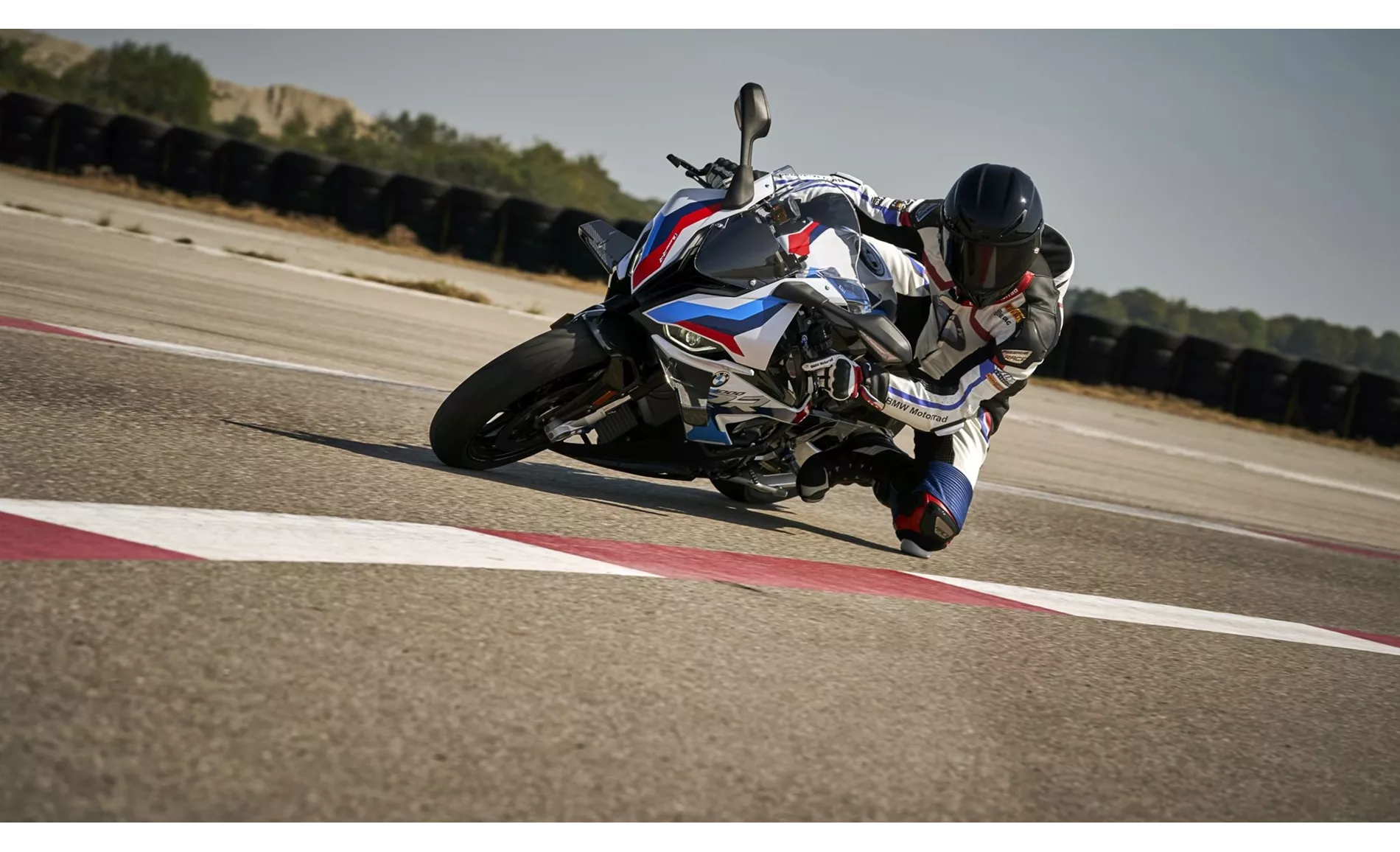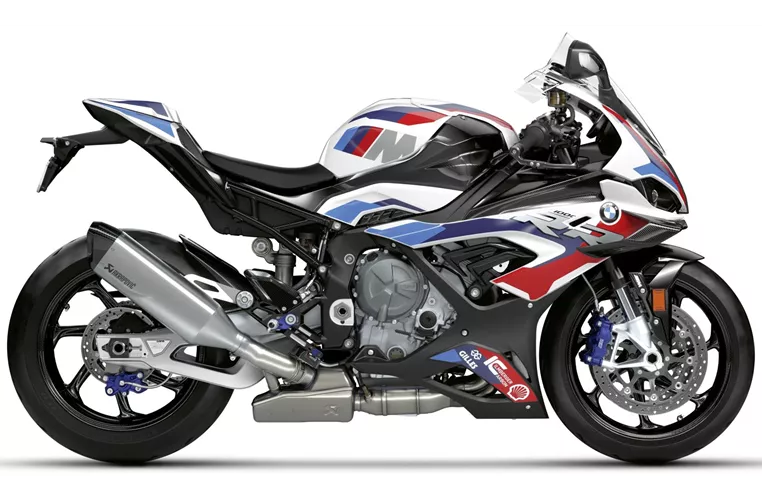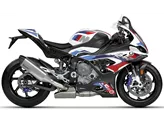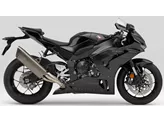Yamaha R1 2019 vs. BMW M 1000 RR 2021

Yamaha R1 2019

BMW M 1000 RR 2021
Overview - Yamaha R1 2019 vs BMW M 1000 RR 2021
The Yamaha R1 2019 and the BMW M 1000 RR 2021 are both high-performance supersport motorcycles that offer impressive specifications and features. However, there are several differences between the two models that make them unique in their own ways.
Starting with the engine and drive train, the Yamaha R1 2019 is equipped with a 998cc engine that delivers 200 HP of power and 112.4 Nm of torque. On the other hand, the BMW M 1000 RR 2021 features a slightly larger 999cc engine that produces 212 HP of power and 113 Nm of torque. Both bikes have a 4-cylinder configuration with 4 valves per cylinder and DOHC technology. The Yamaha R1 has a bore of 79 mm and a stroke of 50.9 mm, while the BMW M 1000 RR has a bore of 80 mm and a stroke of 49.7 mm. Both bikes have a high compression ratio of 13, but the BMW M 1000 RR has a slightly higher ratio of 13.5.
In terms of suspension, both bikes feature upside-down telescopic forks at the front. The chassis of both bikes is made of aluminum, providing a lightweight and sturdy construction. However, the Yamaha R1 has a Deltabox frame, while the BMW M 1000 RR has a Twin Tube, Load-bearing engine frame type. This difference in frame design may result in varying levels of stability and handling.

Yamaha R1 2019
When it comes to braking, both bikes are equipped with double disk brakes at the front. The BMW M 1000 RR also features ABS, which provides an added level of safety and control. In terms of rider assistance systems, both bikes offer advanced features such as launch control and traction control. However, the BMW M 1000 RR goes a step further and includes additional features like riding modes, ride by wire, quickshifter, and ABS.
In terms of dimensions and weights, the Yamaha R1 has a wheelbase of 1405 mm and a seat height of 855 mm. It weighs 199 kg (with ABS) and has a fuel tank capacity of 17 liters. On the other hand, the BMW M 1000 RR has a slightly longer wheelbase of 1457 mm and a lower seat height of 832 mm. It weighs 192 kg (with ABS) and has a slightly smaller fuel tank capacity of 16.5 liters. These differences in dimensions and weights may affect the overall handling and maneuverability of the bikes.

BMW M 1000 RR 2021
In terms of strengths, the Yamaha R1 is praised for its powerful engine, clean response, and being a very fast track bike in the right hands. It is also known for its perfectly tuned electronics. On the other hand, the BMW M 1000 RR is praised for its smooth overall package, strong brakes, precise chassis, and noble details that are a joy to behold in the paddock. It offers great responsiveness, a rev-happy engine, and a great torque curve, with a harmonious transition from load to push mode.
However, both bikes also have their weaknesses. The Yamaha R1's ABS system is not considered 100% satisfactory, which may affect the overall safety and braking performance. On the other hand, the BMW M 1000 RR's price package is not considered customer-friendly, but rather sales-friendly. Some riders also feel that the footrests could do with more grip on the track, and a higher and harder seat option would be desirable.
In conclusion, the Yamaha R1 2019 and the BMW M 1000 RR 2021 are both impressive supersport motorcycles with their own strengths and weaknesses. The Yamaha R1 offers a powerful engine and perfectly tuned electronics, while the BMW M 1000 RR provides a smooth overall package, strong brakes, and precise chassis. Ultimately, the choice between the two models will depend on the rider's preferences and priorities.
Technical Specifications Yamaha R1 2019 compared to BMW M 1000 RR 2021
Pros and Cons in comparison
Pros and Cons in comparison
Yamaha R1 2019

The 2020 R1 model - already available from September - is an evolutionary step that will benefit both the trackday racer and the Yamaha SBK team. The amateur is most likely to benefit from the truly perfect electronics and will also appreciate a little extra power.
BMW M 1000 RR 2021

The price of the M1000RR is only shocking at first glance. In the saddle, you are more shocked by the power and braking performance. The machine is a fully tuned racing bike straight from the BMW factory. Those who don't like to screw but still like to race will be happy with it. A noble and practical superbike!
Price Comparison Avarage Market Price Yamaha R1 vs BMW M 1000 RR
There are a few key differences between a Yamaha R1 2019 and a BMW M 1000 RR 2021. It takes less time to sell a Yamaha R1 with 112 days compared to 127 days for a BMW M 1000 RR. Since model year 2005 1000PS.de editors have written 80 reviews for the Yamaha R1 and 14 reviews for the BMW M 1000 RR since model year 2021. The first review for the Yamaha R1 was published on 4/28/2003 and now has more than 3,900 views. This compares to more than 105,600 views for the first review on BMW M 1000 RR published on 9/23/2020.























